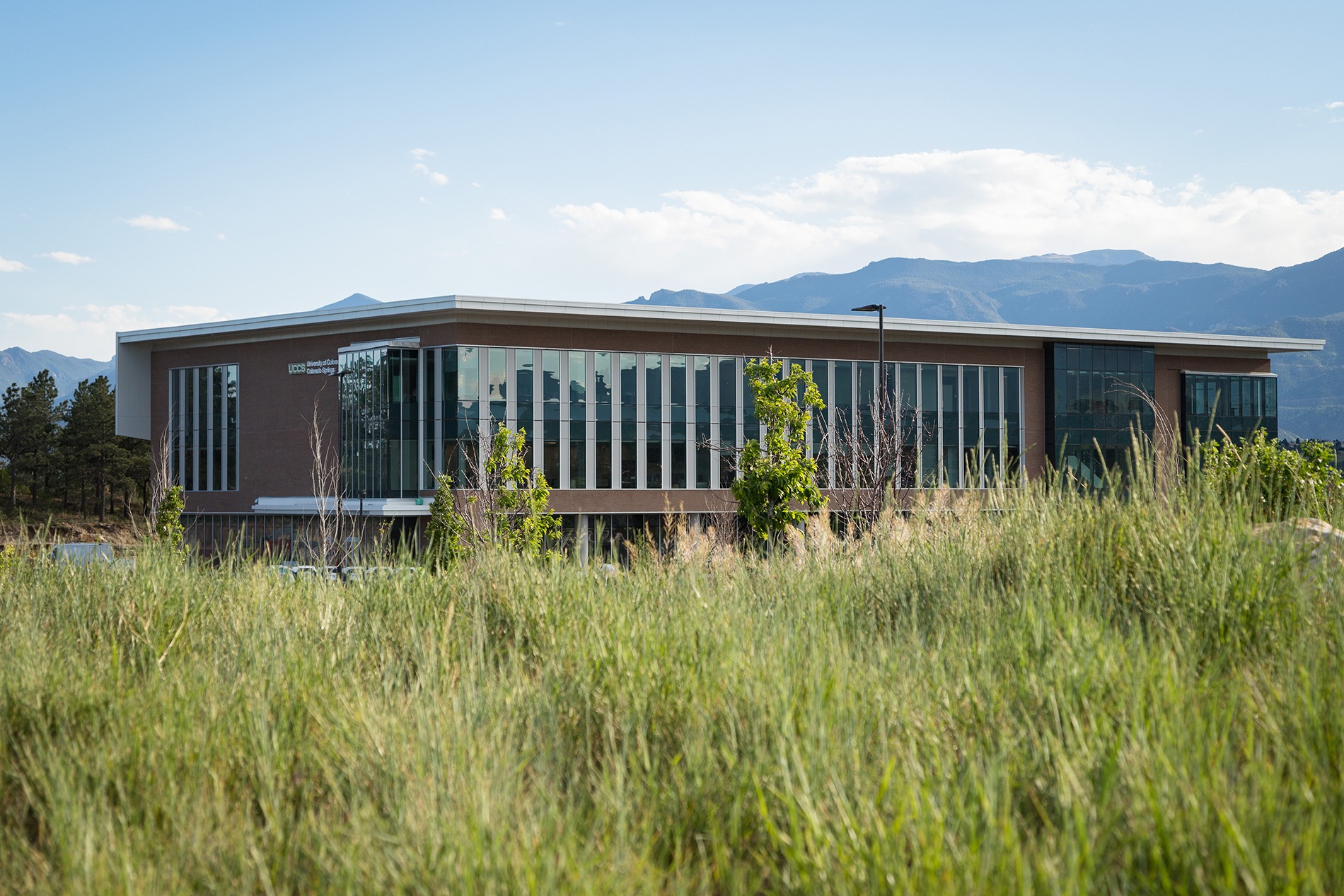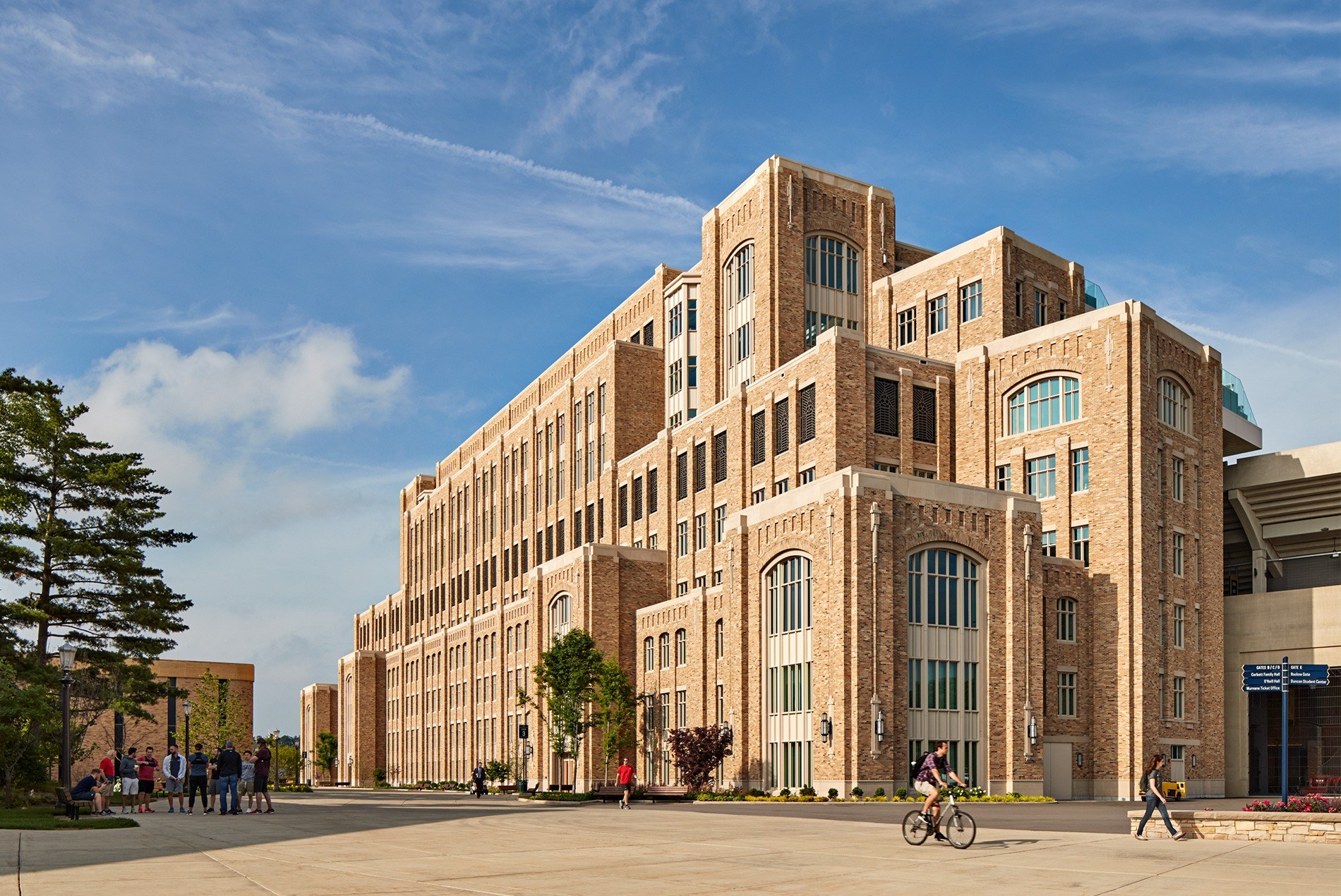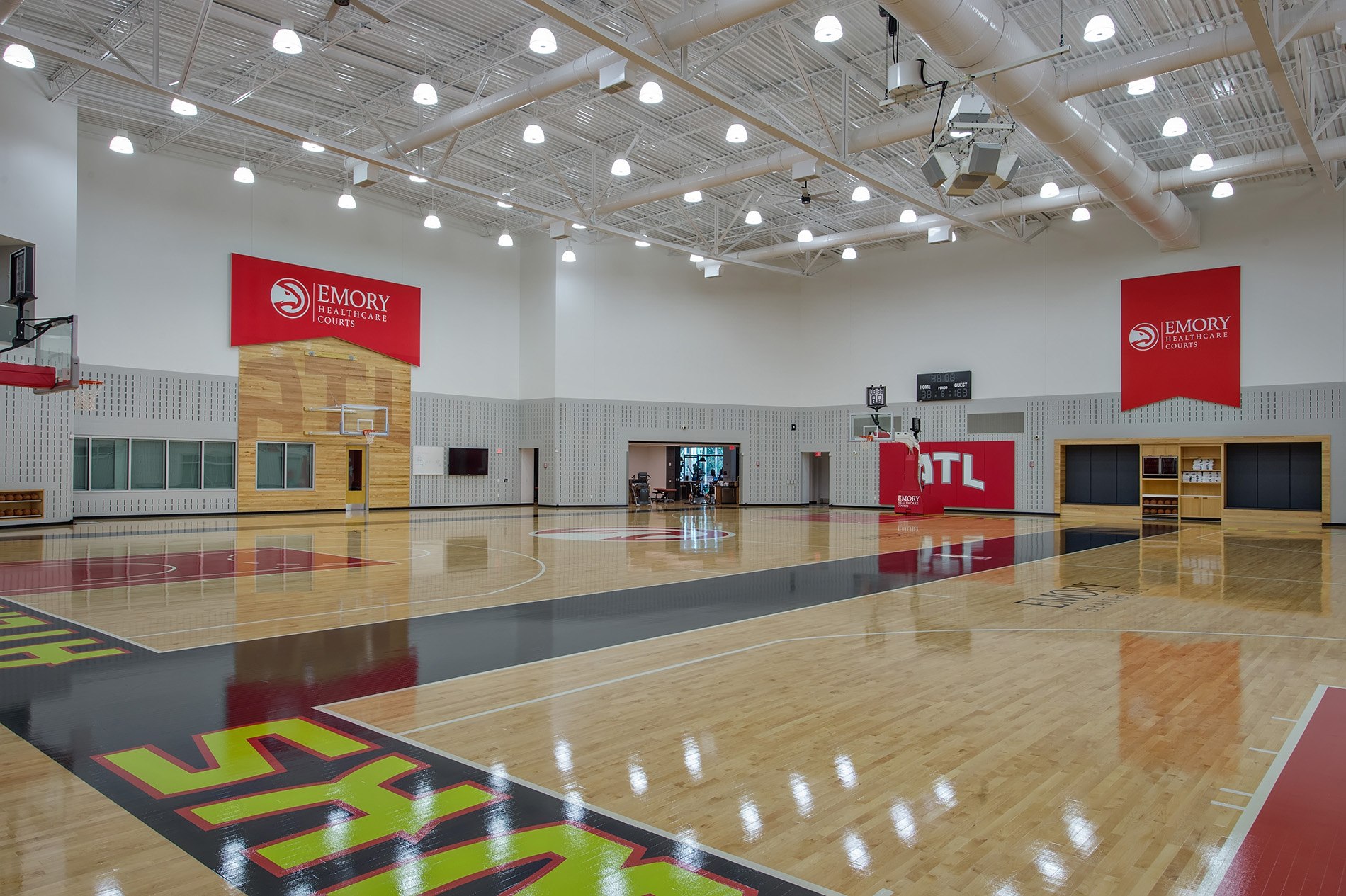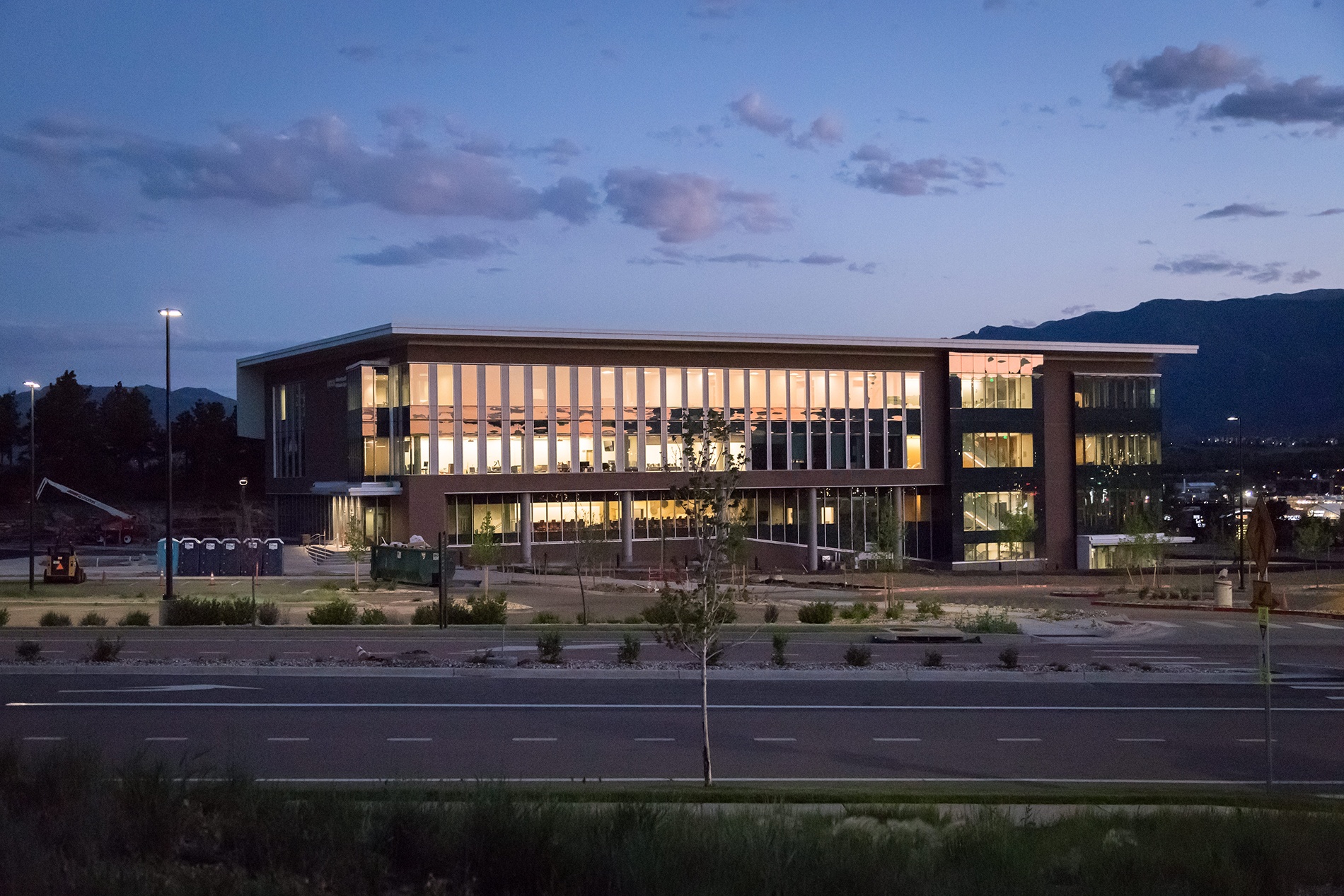HOK design leaders describe how incorporating resources from multiple departments and inviting participation from outside organizations can help institutions overcome funding challenges and create a new generation of hybrid facilities.
COVID-19 has slowed the revenue streams that schools rely on from tuition, sports and affiliated medical institutions. This financial strain means less money is available for renovation and new construction projects. Yet could a new “hybrid” facility model—one that was already underway but that has been greatly accelerated by the pandemic—provide colleges and universities a solution to their capital improvement challenges? All while creating a more holistic experience for students?
That’s one of the questions we posed to a group of HOK experts with experience designing higher-ed “hybrid” facilities that bring together different departments, such as sports and health, in a shared footprint. To create these hybrid facilities, schools partner with private organizations and institutions in an integrated approach that shares both costs and knowledge and leads to new discoveries.

Designed by HOK and RTA, the newly opened William J. Hybl Sports Medicine and Performance Center at University of Colorado-Colorado Springs brings together students and faculty for education and research with the medical providers and clinical experts at Centura Penrose-St. Francis Health Services. The building was funded by UCCS, Centura Health and the Colorado Economic Development Commission’s City for Champions project.
What is the driving force behind these hybrid facilities, particularly the ones specializing in sports medicine?
Nate Appleman, director of HOK’s Sports + Recreation + Entertainment practice: Trainers and coaches see how a facility that brings together healthcare components, research and training can improve performance. In the competitive landscape of college athletics, the hybrid sports performance facility gives an athletic department a leg up on the competition. Financially, this also creates opportunities to share costs across multiple departments and programs.
Randy Kray, director of HOK’s Science + Technology practice: There’s a growing interest in thematic research, particularly as it pertains to health, wellness and performance. The goal with these sports-medicine hybrid facilities is to translate science into better performance. These partnerships bring benefits to both universities and healthcare institutions because they create seamless, real-time connections between researchers, medical professionals, trainers and athletes.
This performance science isn’t just beneficial to athletes. The findings can be game-changing for the average person who wants to better understand his or her body. Whether you’re a college athlete preparing for the draft or a middle-aged man wanting to lose weight and feel 10 years younger, we all want to look and feel our best.
Paul Whitson, regional leader of HOK’s Healthcare practice: There is a broader awareness that performance and wellness aren’t just important to elite athletes. We are constantly looking for additional information on how we can improve our health. How we can live longer. How we can feel better. These hybrid facilities break down hurdles to obtaining that information and result in strategies for healthful living. The facility serves as a catalyst, allowing education, research and treatment to happen simultaneously.

The Campus Crossroads project added three attached buildings to Notre Dame’s famed football stadium. The new hybrid facilities activate the stadium 365 days a year and house new classrooms, labs, a fitness center and student center.
What impact does COVID-19 have on the adaptation of hybrid facilities?
Appleman: We’re already seeing the financial ramifications of the virus on athletic departments, programs and non-revenue generating sports. While I don’t think sports facility construction will completely stall, there will be longer conversations about where to invest the limited amount of money. We’ll see more universities looking to build partnerships with healthcare systems to benefit both entities.
Whitson: Hybrid facilities will be incredibly attractive to users who have an increased focus on health and wellness developed in the wake of COVID-19. I think we’ll only see an increased interest in projects that are truly integrated and focused on the well-being of occupants and clients. There is no better time to be opening a project that serves multiple end users.
Kray: Our clients in every market are searching for new revenue streams and opportunities to set themselves apart. A hybrid facility does that.

HOK designed the Emory Sports Medicine Complex as a dedicated practice space for the Atlanta Hawks and to house Emory University’s sports medicine program. The facility, which offers clinical services to the public, also serves as the East Coast headquarters for sports science firm Peak Performance Project.
What are the challenges to bringing a hybrid project to fruition?
Whitson: Forward-thinking leaders that are willing to build partnerships are key. We’re designing a training facility for the NBA’s Orlando Magic, and in the process the club has built a mutually beneficial partnership with AdventHealth. For the Hybl Center, a partnership made the project more palatable for both UCCS and Centura. Leaders involved with the Hybl Center were committed to creating a truly integrated facility from day one. That drove the project and influenced how we designed adjacencies and connecting spaces to inspire collaboration among clinicians, students, faculty and athletes. But the only reason this was possible was that strong, forward-thinking leaders saw the opportunity to make the project much more than a single-purpose facility.
Appleman: Part of our job as designers and architects is to break down silos. We have to be a bridge. When we’re working with visionary leaders, that consensus-building gets easier and spurs collaboration across departments or fields. We also want to encourage clients undertaking any campus facility project to think creatively about how their project could involve other program components and serve other users.
Kray: Navigating the funding process and balancing diverse stakeholder needs is a challenge. If we’re bringing together three different entities such as athletics, a private enterprise and an academic department, we’re balancing diverse program needs and at times contending with conflicting personal preferences. In addition to attracting the best and brightest students, our design process needs to incorporate ways to ensure that a project will attract researchers and faculty who can bring in valuable grant money and revenue.
